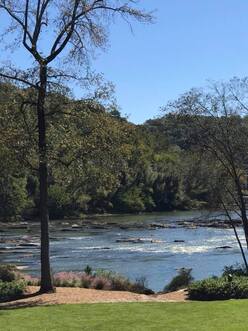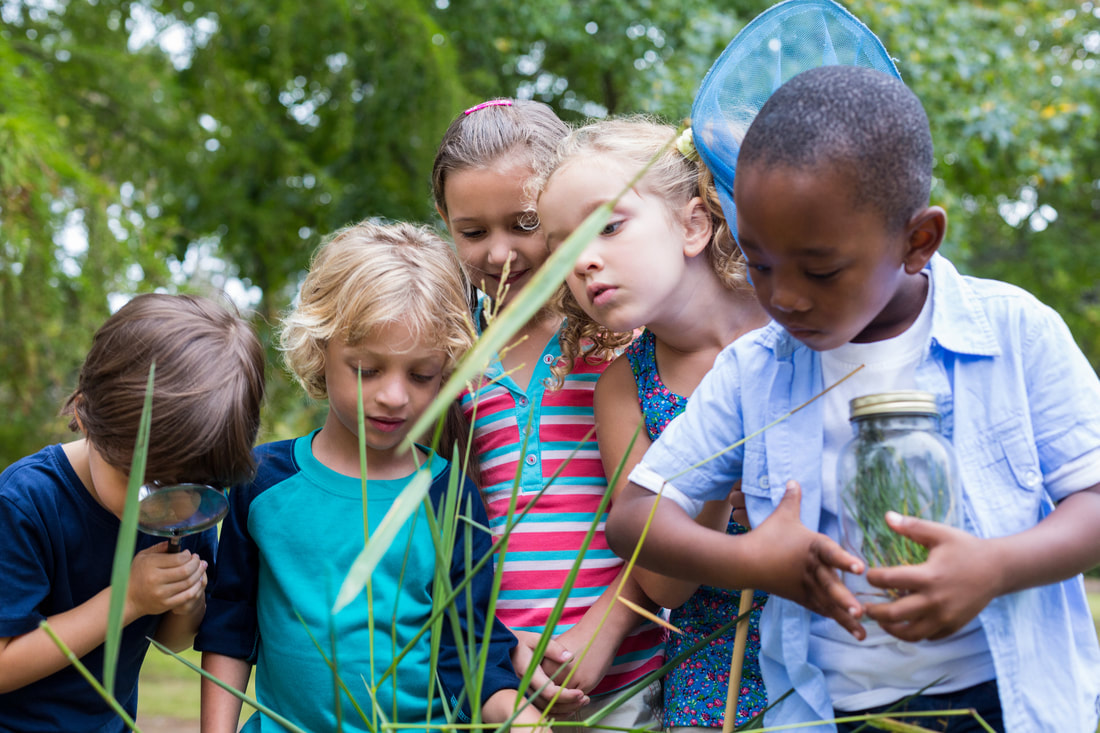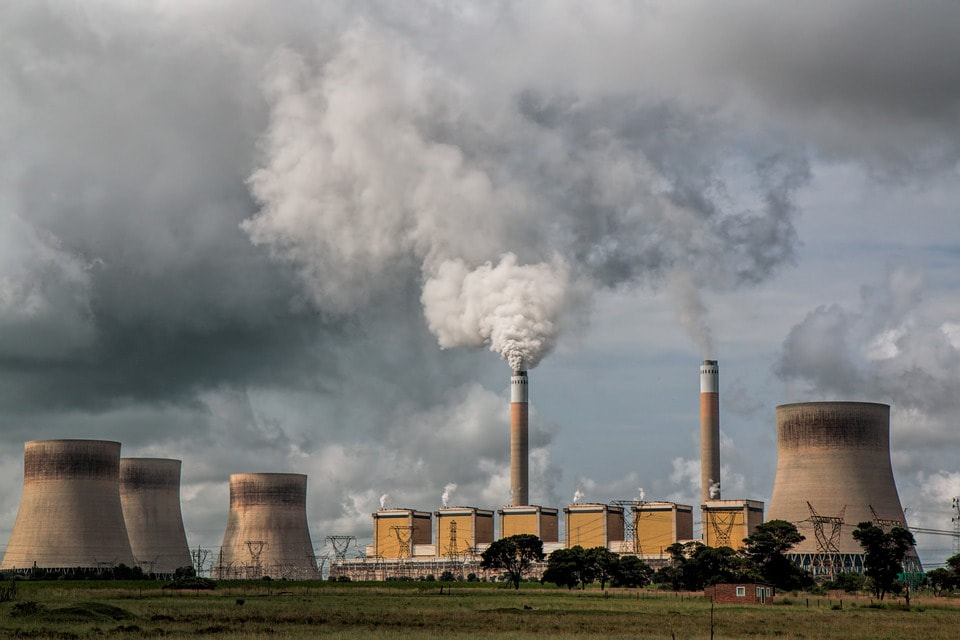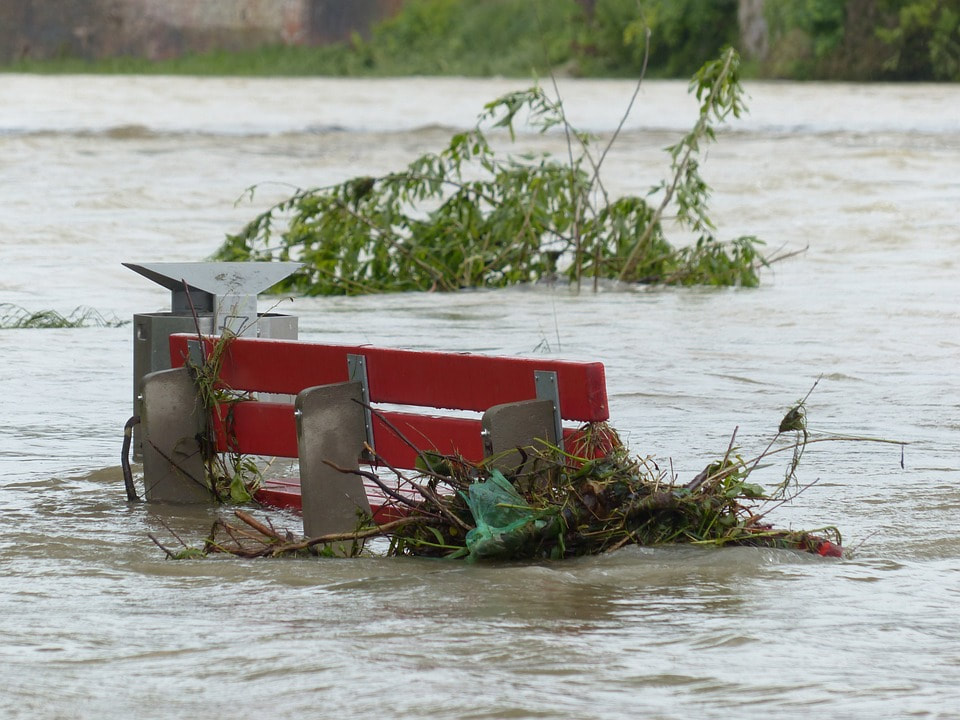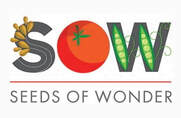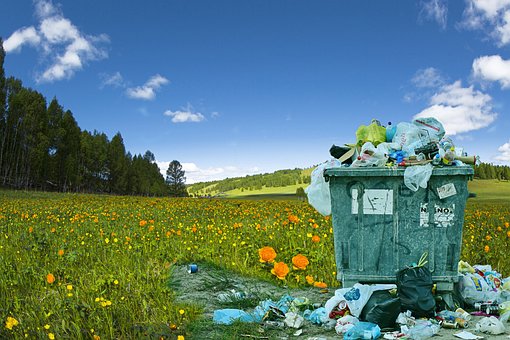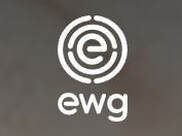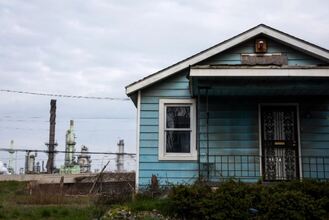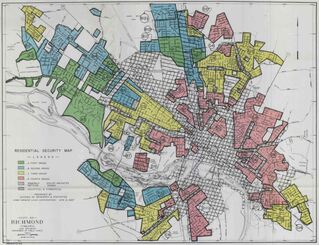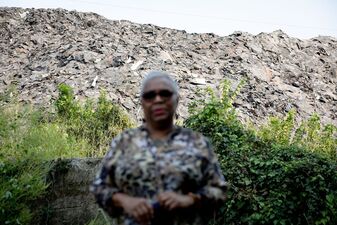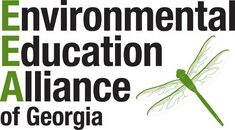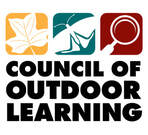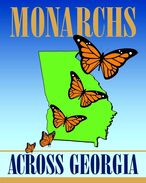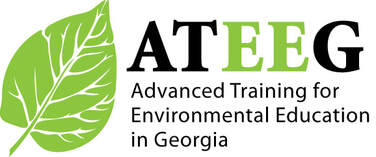Environmental Education Alliance of Georgia
- Our Story
- Our Team
- Our Events
-
Our Resources
- Wildlife Viewing
- Earth Month Activities
- Garden-based Learning
- EcoEngineering Challenges
- Community (Citizen) Science
- Phenomenon-Based Learning
- Problem-Based Learning
- Place-Based Learning
- Project-Based Learning
- Teaching about Climate Change
- Teaching about EJ
- Zero Waste Heroes
- SAGES Project
- Virtual EE Resources
- Environmental Clubs
- Evaluation and Assessment
-
Our Work
- Our News
- Our Impact
- JOIN or GIVE
- Member Portal
- Contact Us
- Outdoor Learning Store
- PassTick2023-4
- Annual Report
- New Page
- Past 2022 EEA Conference
- Past EEA Board 2021-22
- Past 2022 conferenceoverview
- Non-clickable Page
- New Page
- EEA Guest Blog
- Our Story
- Our Team
- Our Events
-
Our Resources
- Wildlife Viewing
- Earth Month Activities
- Garden-based Learning
- EcoEngineering Challenges
- Community (Citizen) Science
- Phenomenon-Based Learning
- Problem-Based Learning
- Place-Based Learning
- Project-Based Learning
- Teaching about Climate Change
- Teaching about EJ
- Zero Waste Heroes
- SAGES Project
- Virtual EE Resources
- Environmental Clubs
- Evaluation and Assessment
-
Our Work
- Our News
- Our Impact
- JOIN or GIVE
- Member Portal
- Contact Us
- Outdoor Learning Store
- PassTick2023-4
- Annual Report
- New Page
- Past 2022 EEA Conference
- Past EEA Board 2021-22
- Past 2022 conferenceoverview
- Non-clickable Page
- New Page
- EEA Guest Blog
Why Teach Environmental Justice Solutions?
|
Environmental Justice is the concept that all people deserve to be treated fairly with respect to protection from environmental and health hazards; and to have opportunities for meaningful involvement in the decision-making process about environmental regulations, policy, and laws.
Whether you identify as an environmental educator, classroom teacher, naturalist, professor, or ranger, environmental justice is relevant and appropriate to teach. This interdisciplinary topic includes elements of applied social studies, policy, math and science. To help students become "JEDI warriors," who have the capacity to analyze Justice, Equity, Diversity, and Inclusion in the context of environmental problem-solving, consider engaging them in collecting and analyzing data using tools provided at the bottom of the page, or explore the following lessons with them. National Science Teaching Association
Statement on the importance of teaching science with an environmental justice lens North American Association of Environmental Educators Article on the value of a justice-centered pedagogy |
"The Origins of Environmental Justice"
|
|
National Geographic
Why are black and minority communities more often exposed to devastating toxins than white communities? There are different reasons including intentional and unintentional discrimination in siting of facilities such as waste dumps; unequal enforcement of environmental laws; and exclusion of Black and other minority groups from decision-making processes. To achieve true environmental justice, all of those issues must be addressed.
Essential Reading:
"Race, Class, Gender and American Environmentalism" by Dorceta E. Taylor. Topic: Power, Privilege and Environmental Protection Source: US Department of Agriculture Middle or high school |
Lessons for Investigating Environmental Justice
|
Environmental Justice in Pollution Impacts
Topic: Investigating impact of living in proximity of chemical releases and hazardous waste dumps Source: Learning for Justice / Harvard LabXchange Middle or high school |
|
Poverty and Natural Disasters: Exploring the Connection
Topic: Exploring effects of living in proximity of chemical releases and hazardous waste dumps Source: Learning for Justice / Harvard LabXchange Middle or high school |
|
Food Deserts: Causes, Consequences and Solutions
Topic: Examining the health impacts of limited access to fresh food and produce Source: Learning for Justice Middle or high school |
|
Project S.O.W: Gardening with Justice in Mind
Topic: Gardening with community, gratitude, curiosity, and resilience: investigating food justice Source: Cornell University Middle or high school Curriculum: Seeds of Wonder: Food Justice Lessons |
|
Paying with their Health: the Plight of Immigrant Workers
Topic: Exploring working conditions of immigrants in the series: Injustice on our Plates Source: Leaning for Justice / Harvard LabXchange Middle or high school |
|
Environmental Racism in an Oil Spill Clean-Up
Topic: Analyzing disproportionate impacts of the Gulf Oil Spill on poor communities on the coast Source: Learning for Justice / Harvard LabXchange Middle or high school |
|
Environmental Justice: Zip Codes and Pollution Burdens
Topic: Investigating the correlation among neighborhoods, income, race and exposure to pollution Source: Science Friday / Harvard LabXchange Middle or high school |
EWG - Mapping PFAs: an Interactive MapTopic: Finding locations of chemicals that can contaminate drinking water
Source: Environmental Working Group High school |
4 Case Studies of the Disproportionate Impacts of Pollution
Click the images below to learn about each of these cases
- Guidance from Science Outside on How to Use Case Studies
- Guidance from U of Illinois on The Case Method
|
Air Pollution: People of color are exposed to more air pollution, in part due to the proximity of segregated neighborhoods to industrial areas. However, the phenomenon of increased exposure to pollutants holds for black people across all income levels. (New York Times article linked above)
|
|
|
Shingle Mountain: From coal ash to mine tailings to asphalt shingles, poor communities often become dump sites for toxic waste created elsewhere and hauled into their neighborhoods for disposal. Investigate how this happens. (ProPublica article linked above)
|
Environmental Impacts: Most Americans realize that black and brown people suffer the most harmful effects of pollution, but they attribute it to poverty or personal choices. Few know that race is the most reliable predictor of environmental health burdens. (Scientific American article linked above)
|
5 Tools for Investigating Environmental Injustice Locally
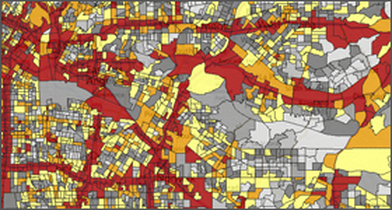
1. The Mapping Inequality Project: Redlining in New Deal America provides access to the actual maps and underwriting guidelines that were used by the federal government to limit where federally-backed mortgage loans could be used to buy houses, starting in the 1930s. The maps and loan guidelines excluded industrial areas and neighborhoods where "infiltration of inharmonious racial groups ... tend to lower the levels of land values and to lessen the desirability of residential areas." Although racially discriminatory lending guidelines are no longer in use, areas that were "redlined" decades ago still have more pavement, fewer trees, and hotter temperatures than other neighborhoods. These "urban heat islands" contribute to adverse health impacts for residents. And many of the neighborhoods are in close proximity to current or legacy sources of industrial pollutants.
2. EPA's EJ Screen provides a way to create and overlay maps that show low income or minority communities, industrialized areas, waste disposal or chemical release sites, and other sources of pollution. Created as a tool for staff of the Environmental Protection Agency to use, EJ Screen is available to the public as a screening-level tool with the caveat that it does not constitute an official risk assessment and is an unofficial indicator of the need for further investigation.
3. EPA's TRI Explorer offers a way to retrieve data from the EPA Toxics Release Inventory and sort it by facility, chemical, geographic area, or industry. This inventory was ordered by Congress to inform the public of their exposure to substances that cause environmental health problems.
4. EPA's My Environment is a searchable database that enables users to find out about the quality of air, water, land, climate, energy and health associated with a particular location. Students can enter a zip code, city name, community, or park to learn about environmental quality in the vicinity.
5. Community "Right-to-Know" Act: Information about toxic chemical releases must be provided to the people who live nearby. Find out more by watching the video below.
2. EPA's EJ Screen provides a way to create and overlay maps that show low income or minority communities, industrialized areas, waste disposal or chemical release sites, and other sources of pollution. Created as a tool for staff of the Environmental Protection Agency to use, EJ Screen is available to the public as a screening-level tool with the caveat that it does not constitute an official risk assessment and is an unofficial indicator of the need for further investigation.
3. EPA's TRI Explorer offers a way to retrieve data from the EPA Toxics Release Inventory and sort it by facility, chemical, geographic area, or industry. This inventory was ordered by Congress to inform the public of their exposure to substances that cause environmental health problems.
4. EPA's My Environment is a searchable database that enables users to find out about the quality of air, water, land, climate, energy and health associated with a particular location. Students can enter a zip code, city name, community, or park to learn about environmental quality in the vicinity.
5. Community "Right-to-Know" Act: Information about toxic chemical releases must be provided to the people who live nearby. Find out more by watching the video below.
To learn more about environmental justice, check out instructional strategies for culturally relevant teaching or sign up for a workshop on this topic.
|
Environmental Education Alliance, Inc.
P.O. Box 801066 | Acworth, GA 30101 EEA does not does not discriminate on the basis of race, color, national origin, sex, age, or disability in its program , activities, or employment. For more information on EEA's non-discrimination commitment click here . Grievance officer may be contacted at [email protected] |
Proudly powered by Weebly
|
